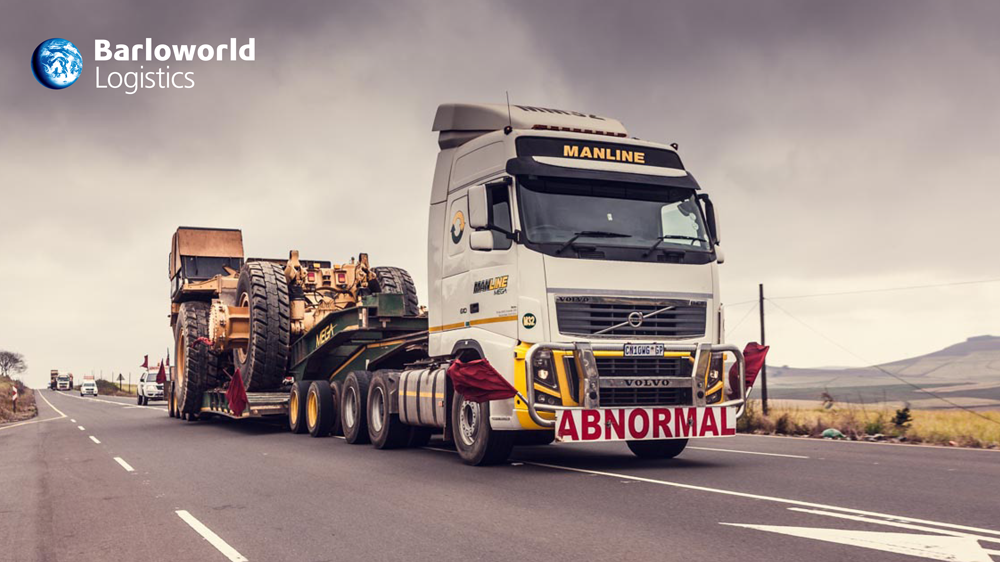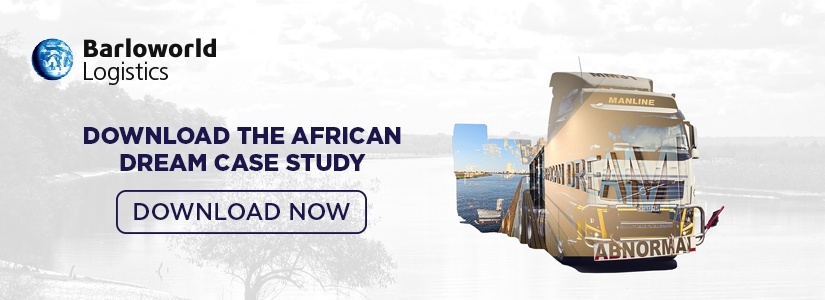
South African ports saw over 3 million tonnes of breakbulk goods in 2018, and reports show that this growth trend is indeed projected to continue increasing well into the future. Moving over-dimensional or heavy-lift cargo is no small feat, whether it is massive earth moving yellow equipment bound for copper mines in Zambia or turbine components for a Northern Cape wind farm, transportation and logistics demands are considerably greater as they are unique to each situation.
Moving unwieldy cargo as quickly and economically as possible is a highly complex process which is riddled with stringent legalities, requiring creativity and skill to deliver colossal loads to clients on time and on target.
Extensive pre-planning, collaborative partnership, attention to detail, and constant communication across the value chain are required, while taking into consideration several factors to ensure project cargo is transported without a hitch
Customs and Regulations
Taxes and duties differ from country to country, as do inspection requirements and documentation. Conducting local market research determines the financial implications of procuring particular components in different countries.
Manoeuvring Bulk Cargo
The starting point is route determination, taking into consideration the weight and dimensions of the cargo to be transported. Many of South Africa’s roads have restrictions and limits in terms of the weight allowed. Furthermore, infrastructure such as bridges, robots and other obstructions pose a challenge for large load sizes.
Route clearing consultants assist in determining the best route, which results in the granting of permits by the road traffic authorities. This process requires civil and structural engineering input according to the accepted standards of engineering practice, as well as country-specific requirements to preserve the integrity of national infrastructure. Route clearance identifies the most feasible route possible for the load in question and also identifies Telkom and Eskom wires that may pose an obstacle. Once the relevant authorities have approved a route, should a problem arise, the entire load has to stop while the issue is dealt with.
Eskom and Telkom infrastructure may require the relevant authorities to travel with abnormal loads to raise their respective wires using their specialised equipment. For Eskom, this may also include the lowering of voltage on individual power lines. The loads also require permits from each of the provincial road transport departments through which the load will travel. This process is quite detailed and involves numerous stages such as providing a route clearance, Eskom and Telkom clearance and having vehicle stability reports which may at times include an Engineers report. Provincial and Municipal police escorts are another important part of the process, requiring the submission of the route and other load details to booking authorities to obtain the necessary escort.
Every break bulk project move is unique, and these project logistics moves demonstrate the skill, resourcefulness and creativity required to get oversized loads where they need to go - on time and unharmed.
Download our African Dream case study to see how we moved one of Africa's biggest loads yet by clicking on the button below:
Contact us to find out how we can move mountains for you




